Last Updated on April 13, 2020
Cats have 9 main scent gland locations throughout their bodies that are responsible for leaving their own unique scent behind! If you ever wondered why your kitty loves rubbing everything, including you, this is why.
The 9 Gland Locations
- Pinna: outer ear flaps
- Temporal: temples
- Cheek: sides of the face
- Perioral: mouth corners
- Submandibular: under the jaw
- Interdigital: between the toes
- Anal: sides of the anus
- Caudal: along the tail
- Supra-caudal: base of the tail
Pinna Glands
There are two glands that are behind each ear on every feline species. These glands produce a light scented oil and are what causes a cat’s ears to remain one of the softest places on the entire body.
Temporal Glands
There are two glands, one at each temple, that cats use to rub their scent on items they are claiming. This is why they headbutt and rub objects. They also use these scent glands to keep markers of their location so they can easily find their way back home. The areas on the head where fur is finer is where the glands are and the skin is often slightly oily.
Cheek Glands
There are two, one on each cheek, that cats use the same way they use their Temporal Glands. However, these scent glands produce fewer oils and coat the whiskers to rub the oil against objects easier.
Perioral Glands
There are two glands in each corner of the mouth that produce a scent when they chew or grind objects to the sides of their mouths. When your cat is giving you “love bites” they are actually leaving a scent behind on you. These glands are important for mating for male cats as they mark the backs of a female’s neck and leave behind a scent after mating. This is used to hinder other males from mating with the same female that was already claimed.
Submandibular
There is one gland under the jaw (near the center of the chin) that produces lightly scented oils and works the same way and for the same purpose as the Temporal and Cheek Glands.
Interdigital Glands
There are four glands, one on each paw, that gives off a strong scent for other cats to smell when the paw is stretched and the claws are extended out. Sharpening the nails and shedding sheaths is part of the reason cats enjoy clawing things, but they also do it to spread their scent.
Anal Glands
There are two glands, on the left and right of the anus, that helps to produce a foul smell into a cat’s feces. These glands always have a scent and cats will often check each others’ scent for recognition.
Did You Know?
Male cats can sense a female in heat up to 1 mile away thanks to her glands giving off pheromones!
Caudal Glands
These glands are found throughout the tail and are spread when a cat uses his or her tail to communicate. Cats will often bring their tails straight up to not only show they mean no harm but also to spread their scent in the air.
Supra-Caudal
There is one gland located at the base of the tail that produces oil. This oil is not only important for the cat’s own personal cologne but it also keeps away bugs, conditions the fur and skin, and helps their tail spread a more potent musk. Cats can over-produce this oil, this is known as “stud-tail” and is most common intact males, but can also be seen in neutered males and females.
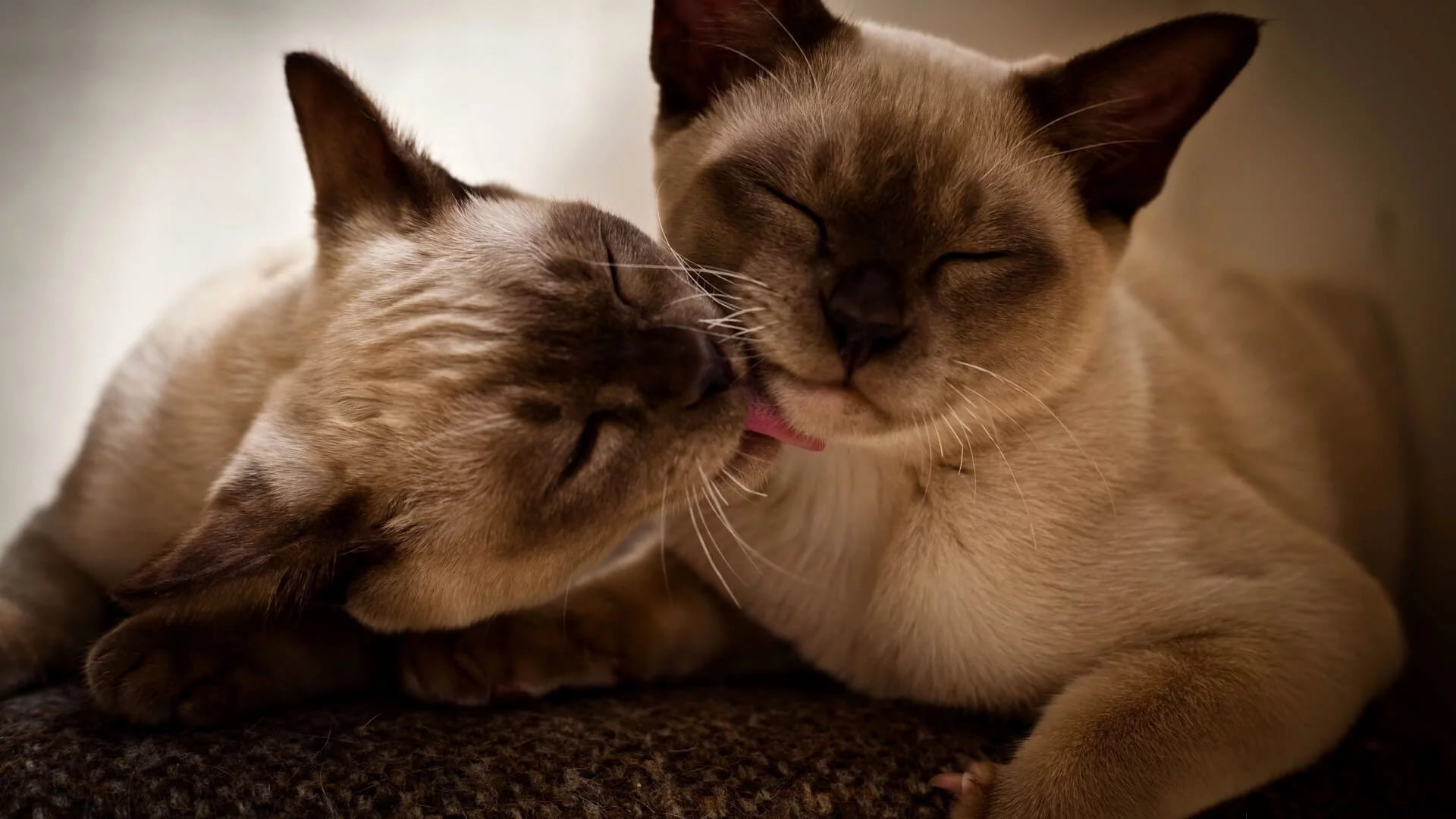
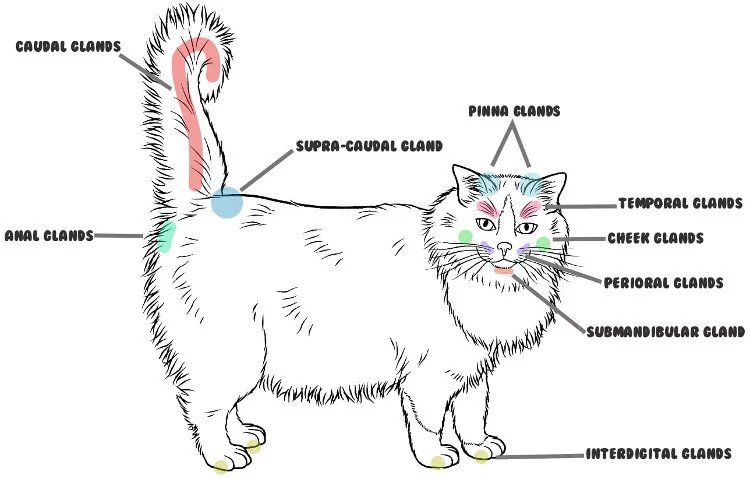
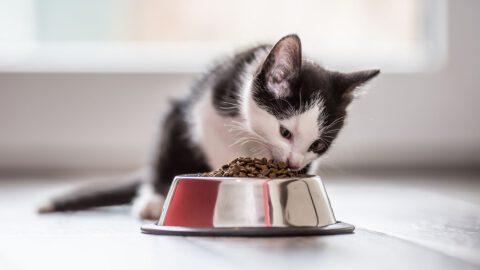
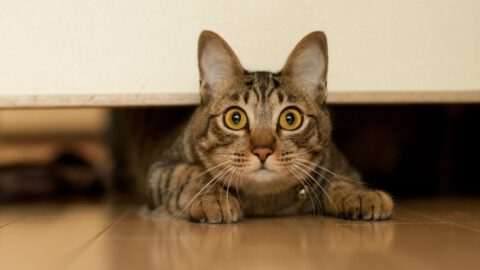
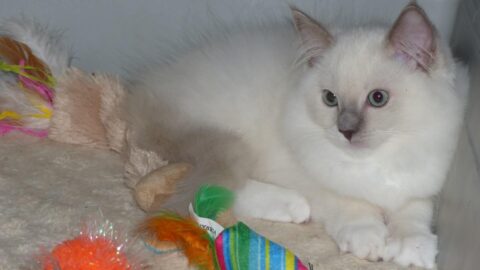
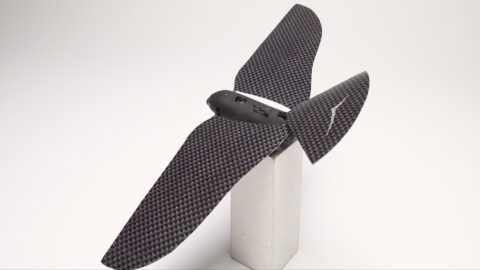
always wondered this as have a new cat that was adopted by us a few weeks ago (fixed female adult) and she has a habit of always wanting to headbutt you and always smooching
she also does this strange thing where she will sit down and put her butt in the air in or near your face .. wonder if thats a similar thing (bc she is a fixed female too)
Cats love to be pet and love string
Quote: When a male is in heat, he can actually over-produce this oil and this is known as “stud-tail”.
Ummm…..I’m confused about the first part.
Good catch! It has been edited.
EVERY cat own… staff member should read this!